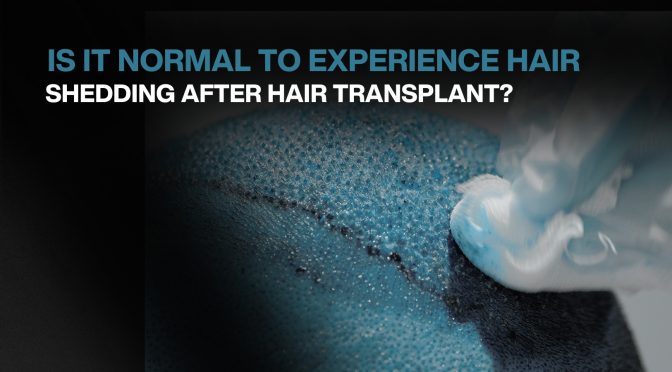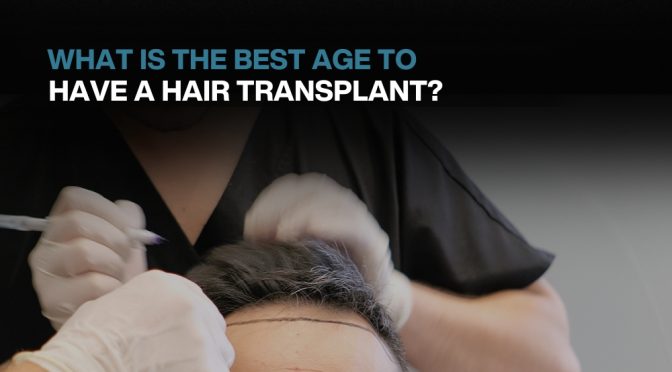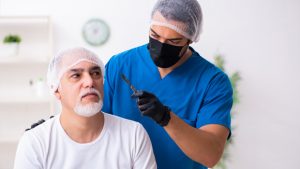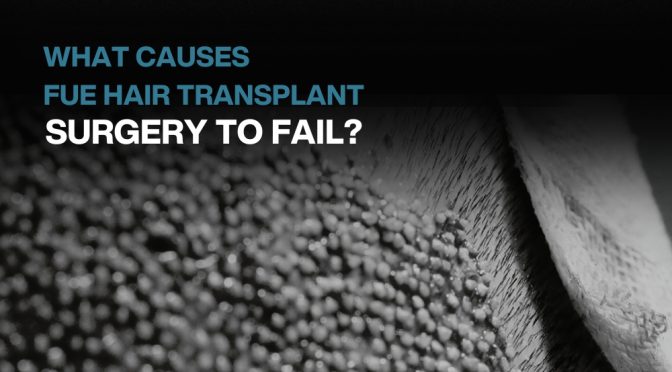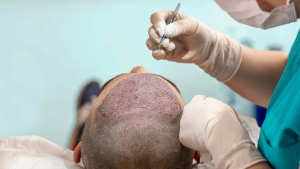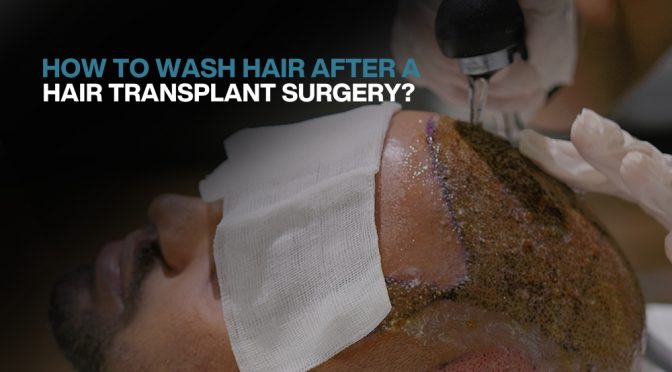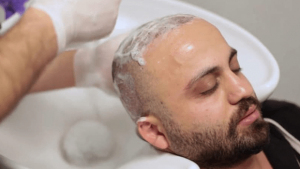The development cycle of hair is divided into three stages: growth, transition, and resting. During the resting period, the roots shed their hair. Following the shock of surgery, hair might enter the resting phase.
The following are the key stressful events that the hair goes through during hair transplant surgery:
- The blood supply to the hair follicle is severed and the hair follicle is clipped away.
- Hair follicles are being re-implanted into the scalp.
- Incisions and anesthesia have an effect on the surrounding hairs.
Following a hair transplant treatment, patients frequently claim that their hair continues to fall out. It’s important to remember that hair shedding after a hair transplant is completely natural. It is the body’s way of coping with the trauma it experienced during the process.
What Causes Hair Shedding After Hair Transplant?
Through tiny pores known as “stab incisions,” we implant individual grafts. Regardless of whether FUT or FUE is used, the process can be quite traumatic for the scalp and causes hair shedding after a hair transplant.
Also, the surrounding hair gets affected, causing the hair grafts and existing hair to lose temporarily. This condition is known as “effluvium,” and it is also known as “shock loss.”
Shedding of hair grafts following a hair transplant can occur anywhere from one to five weeks after the surgery. However, a few months after the treatment, people may be confident that new hair will come back.
‘Shock loss’ does not indicate permanent hair damage; while it is unavoidable, it is also temporary. It will take time for new hair to develop, and it will grow at different rates.
Can Normal Non-Transplanted Hair Fall?
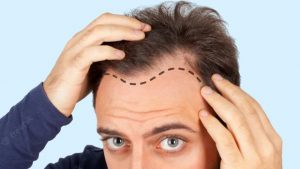
After a hair transplant, some patients may notice that hair that hasn’t been transplanted is also shed. If a person has a lot of thin or miniaturized hair in between newly implanted hair, the chance of losing non-transplanted hair is higher.
These native non-transplanted hair follicles, like transplanted hair, go into a resting period after surgery. Shock loss of non-transplanted hair can happen as early as two weeks after surgery, although it can also happen months later.
This procedure resolves on its own. Also, any hair that has fallen out will regrow. Patients may detect shock loss in the donor location, however, this is rare. The loss of the donor’s hair is just temporary, and the hair should regrow. The patient may visit their hair transplant clinic if there are any concerns about the rate of hair growth.
How To Reduce Hair Shedding After Hair Transplant?
Though hair shedding or shock loss is unavoidable, there are a few steps you may take to reduce hair loss following a hair transplant:
-
Medication
Minoxidil (also known as Rogaine® and Regaine®) promotes hair growth and darkens fine hairs, with benefits visible in 4-6 months. Rogaine is said to be more beneficial in persons under the age of 30 who have had hair loss for less than five years.
While Rogaine is usually well tolerated by the body, it can cause eye irritation, itching, redness, and/or irritation of the region, as well as unwanted hair growth in other areas of the body.
Finasteride (also referred to as Propecia®) works by attaching to the enzyme 5-Alpha Reductase, which helps in the production of DHT in the body. It does not entirely eliminate DHT production, but it does lower it enough to prevent men from developing male pattern hair loss and hair reduction.
When taken consistently, improvements can be noticed in three months. When using the medicine, some men may suffer a drop in libido.
-
Products For Camouflaging
Patients may choose to use cosmetic camouflaging products to hide the visible evidence of hair loss and thinning. By giving volume and lift to the base of the hair shafts, these products conceal balding spots.
-
Hair Transplant Timing and Size
When hair loss first begins, many people opt for a hair transplant. Because the development of hair loss is not considered when patients choose this strategy, their hair typically ends up looking thinner than it did before the treatment.
Another option is to postpone the procedure until after the hair loss has been controlled using therapy such as Hair Regeneration. The surgeon must also carefully calculate the number of grafts necessary for the desired coverage area and the projected number of hair grafts available in the donor area.
Conclusion
Get in touch with us if you’d like to learn more about post-hair transplant shedding. We’re here to assist if you’d like to speak with one of our experienced surgeons for a free consultation.
If you find this blog informative and enjoy reading it, share it with your family and friends who can benefit from it.
